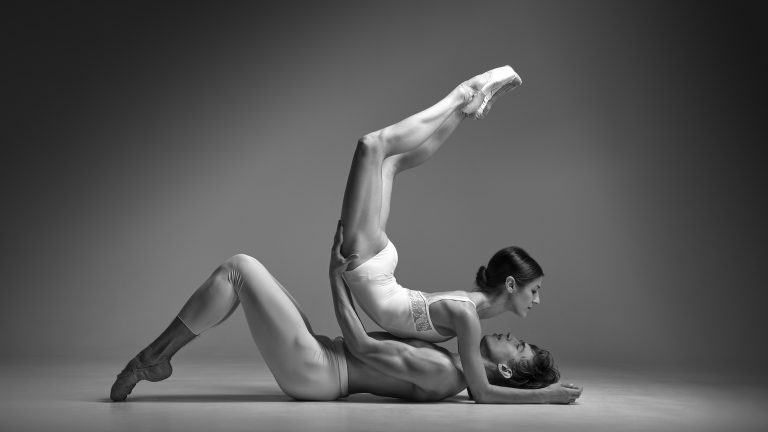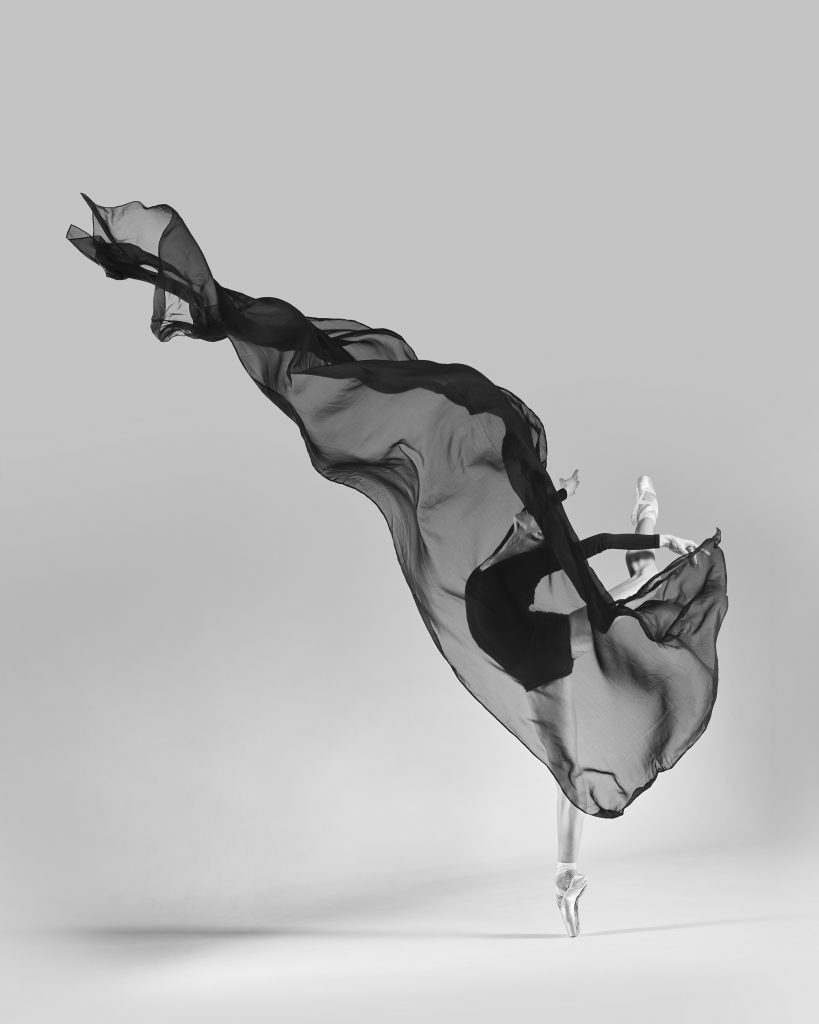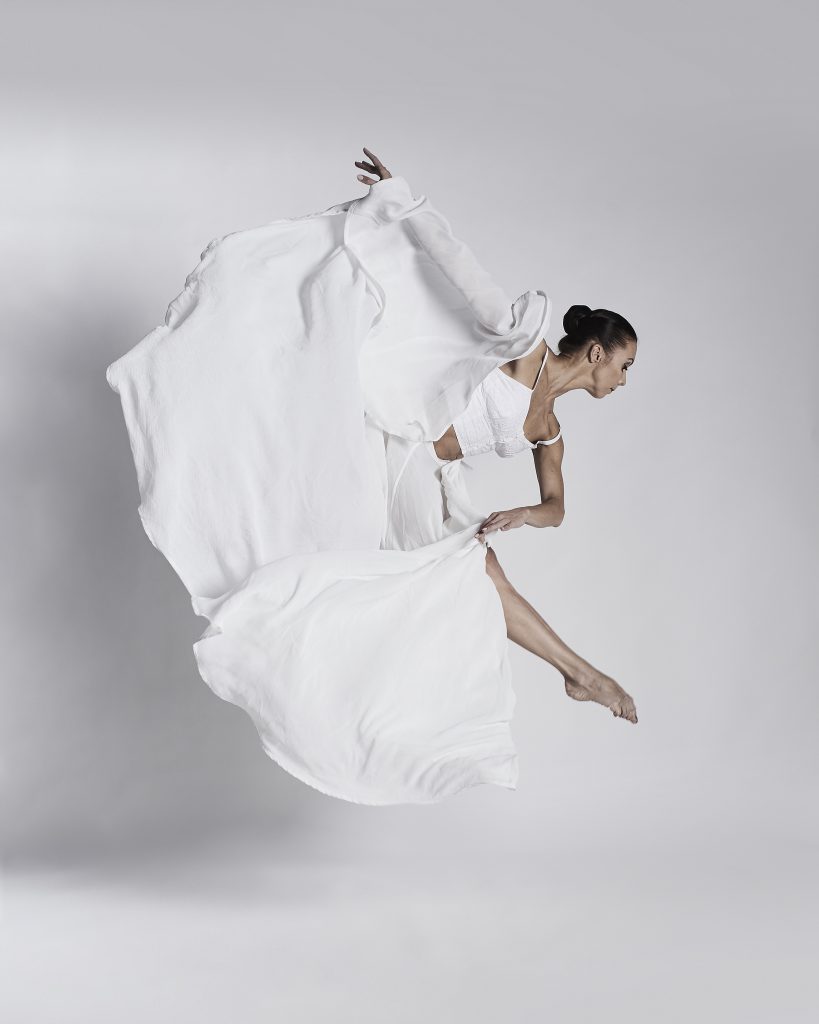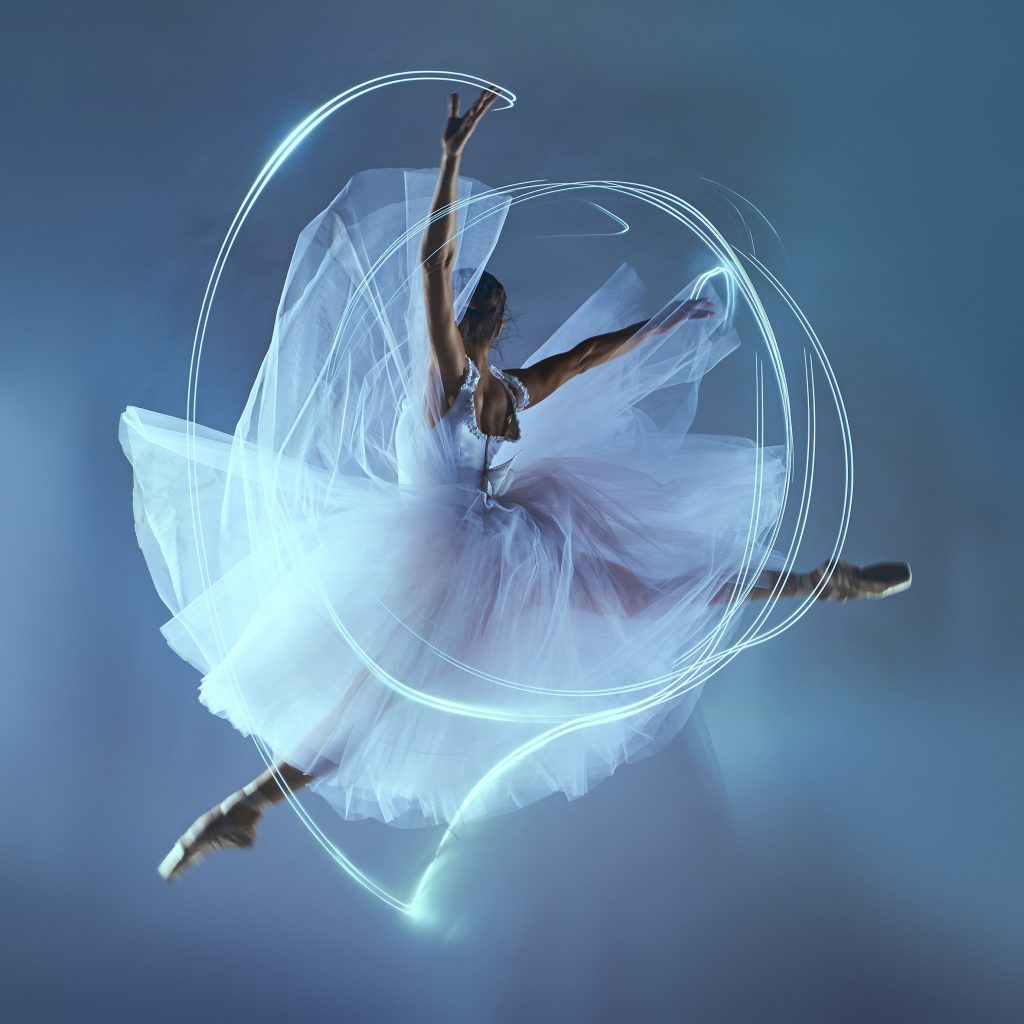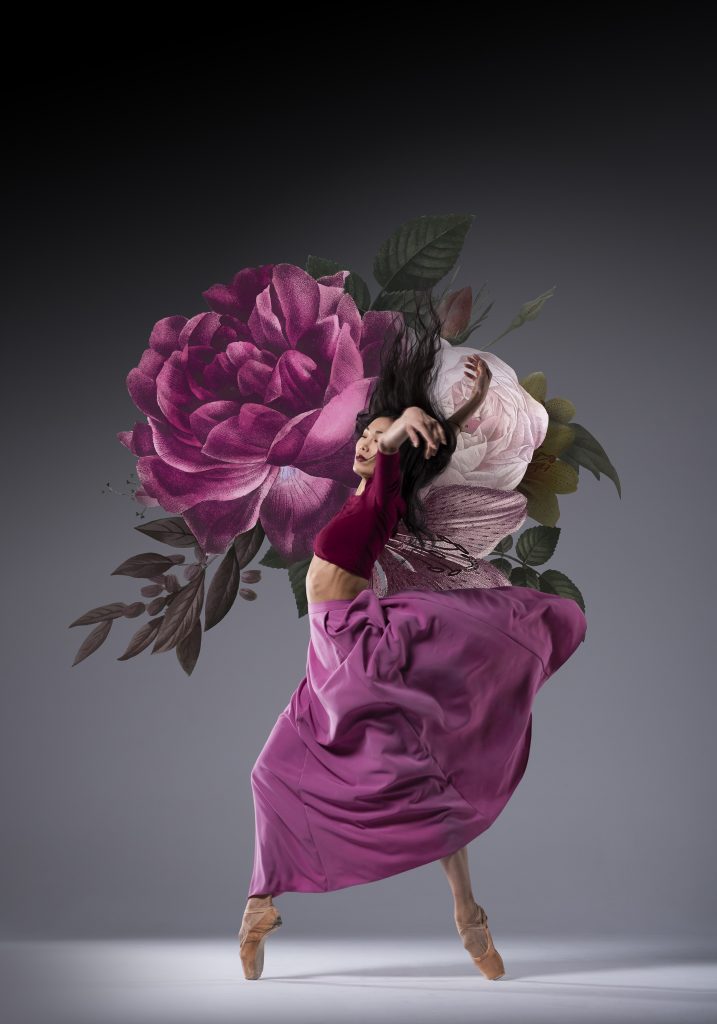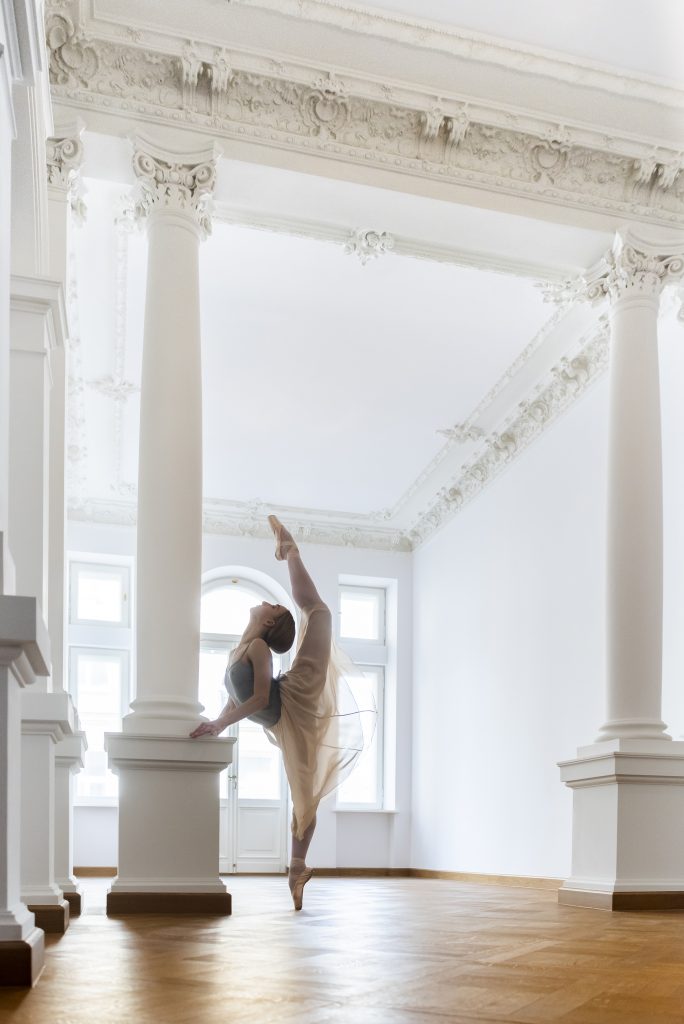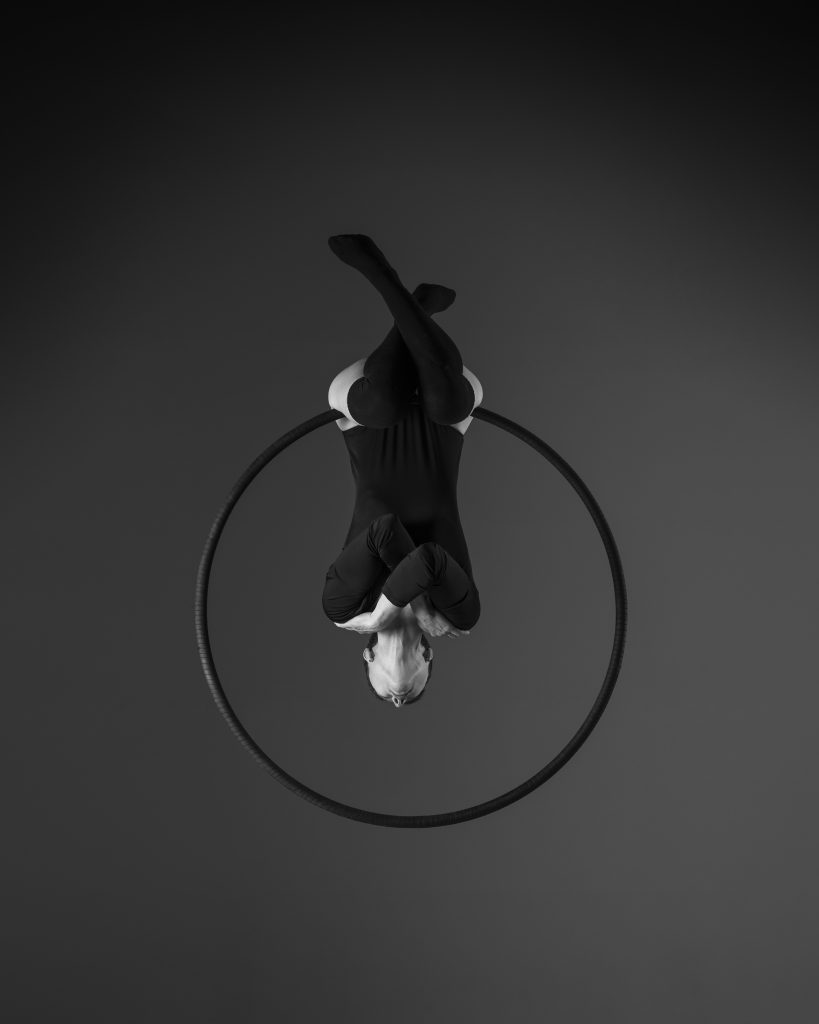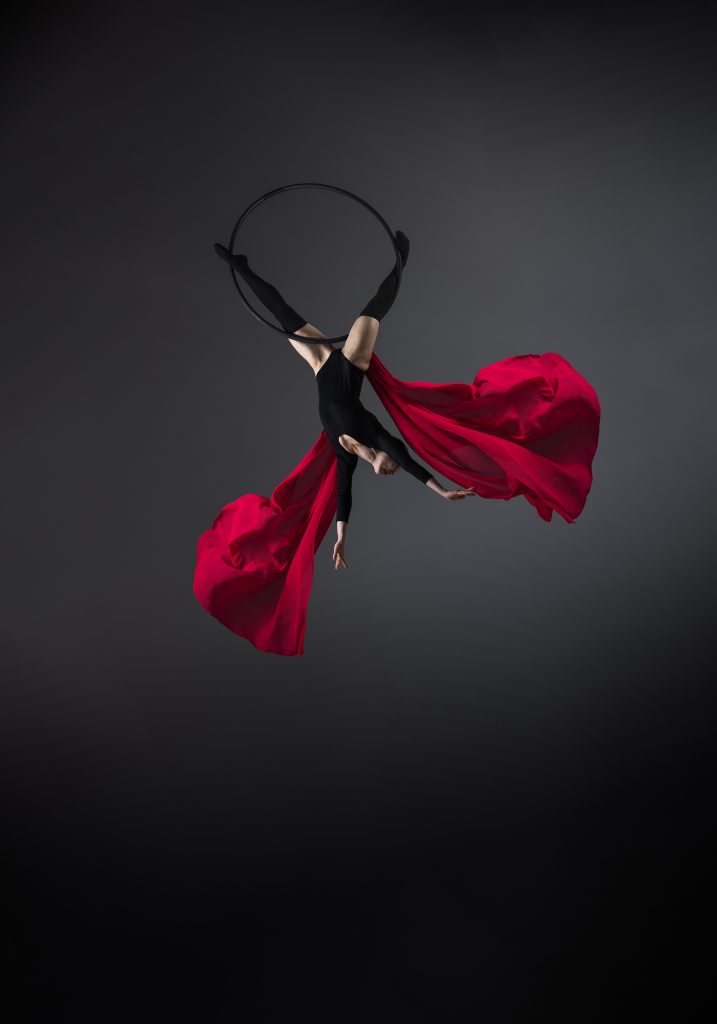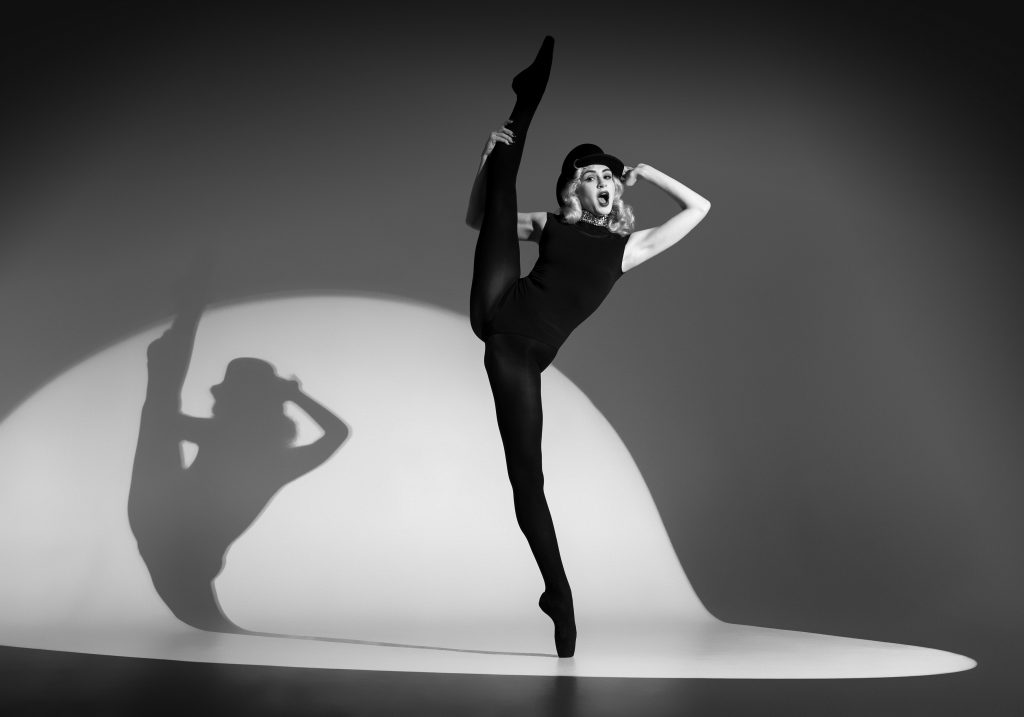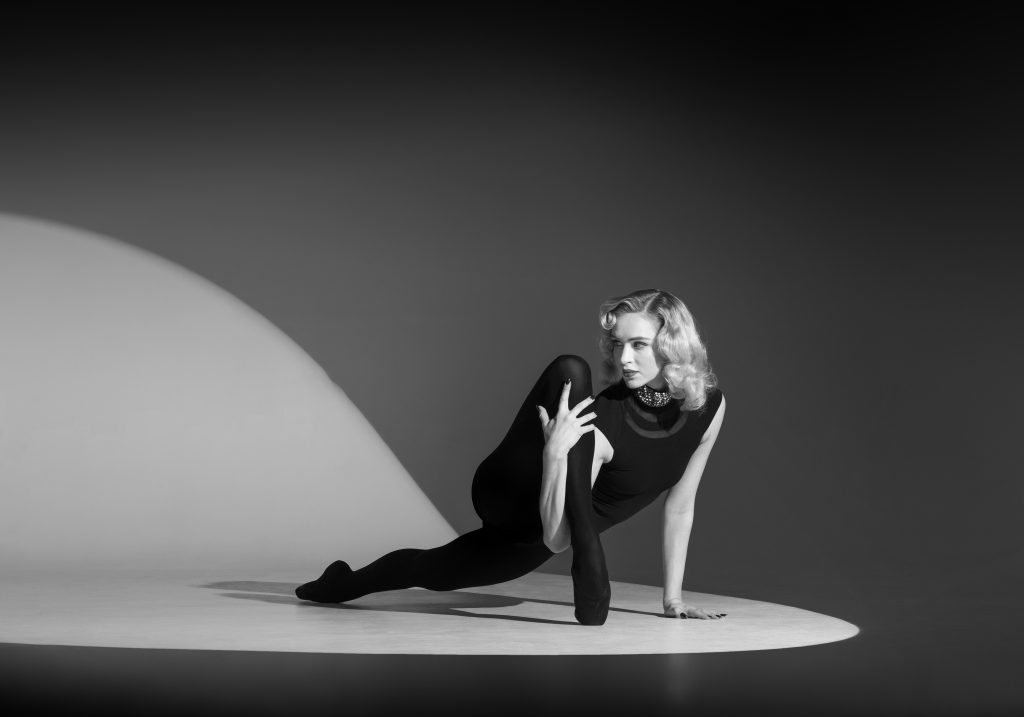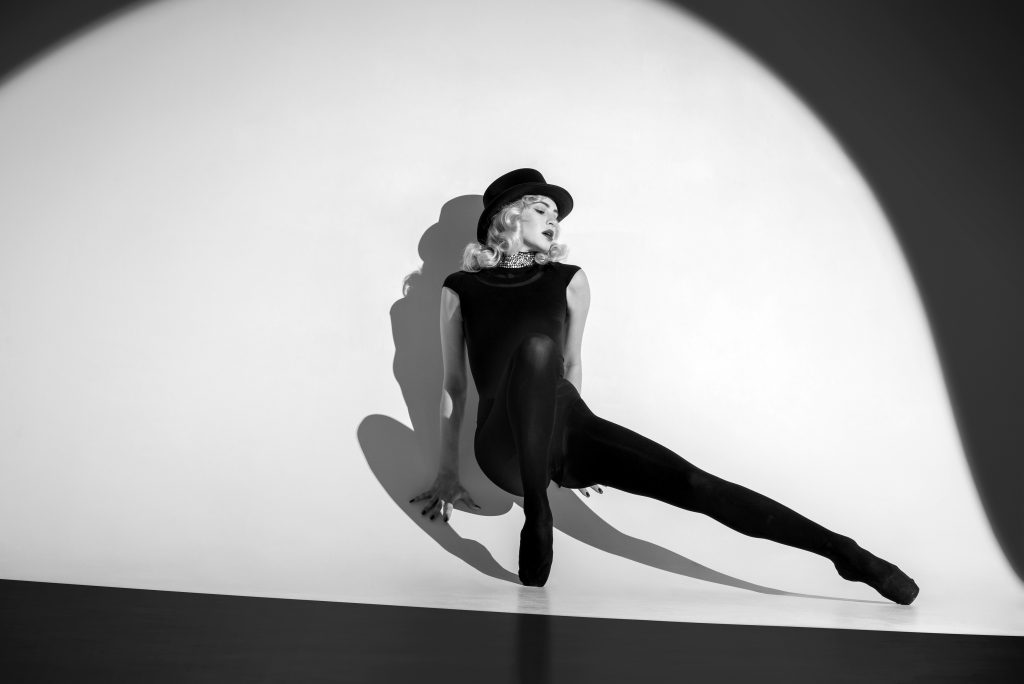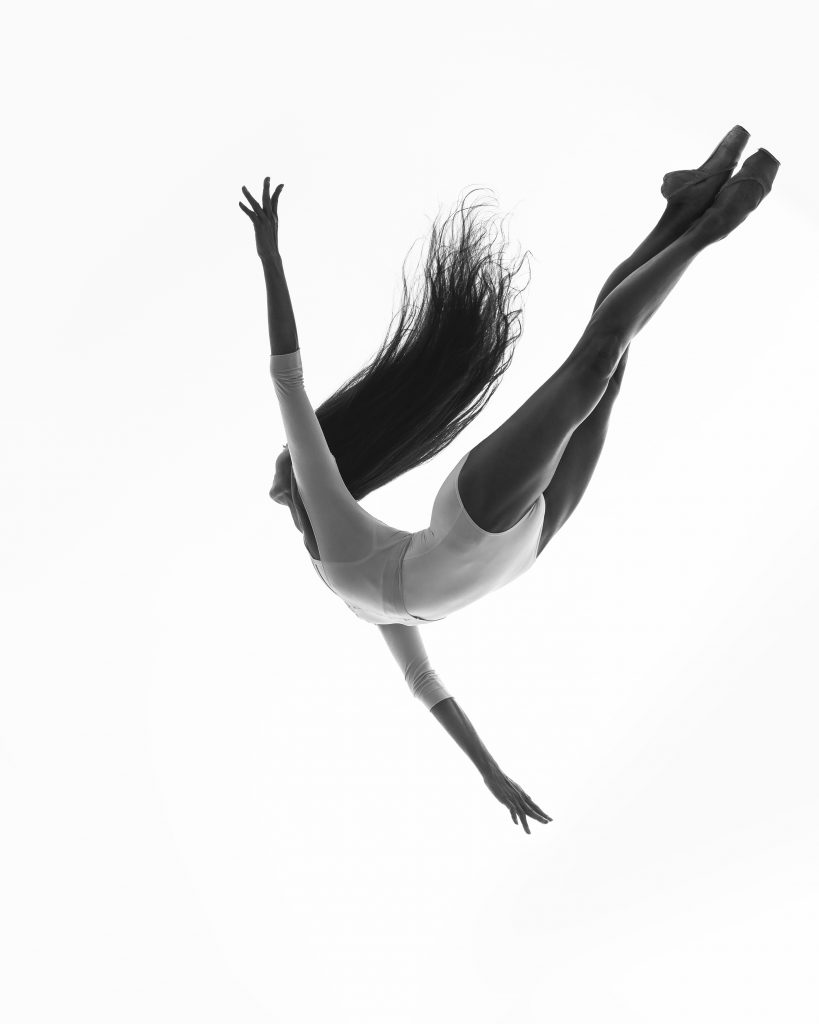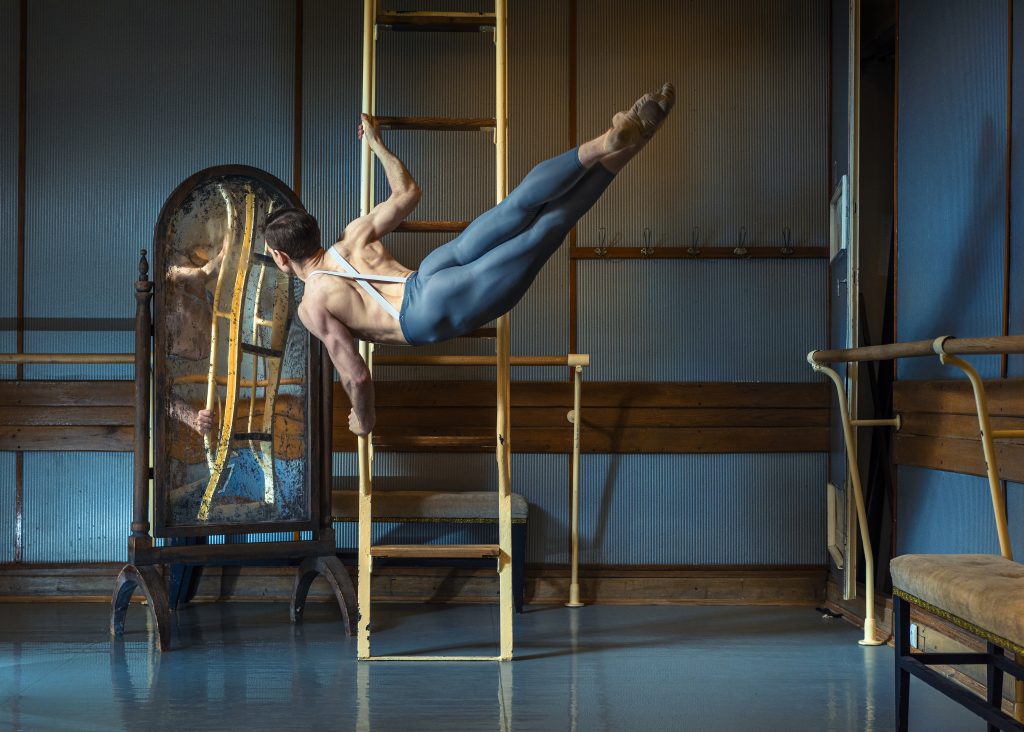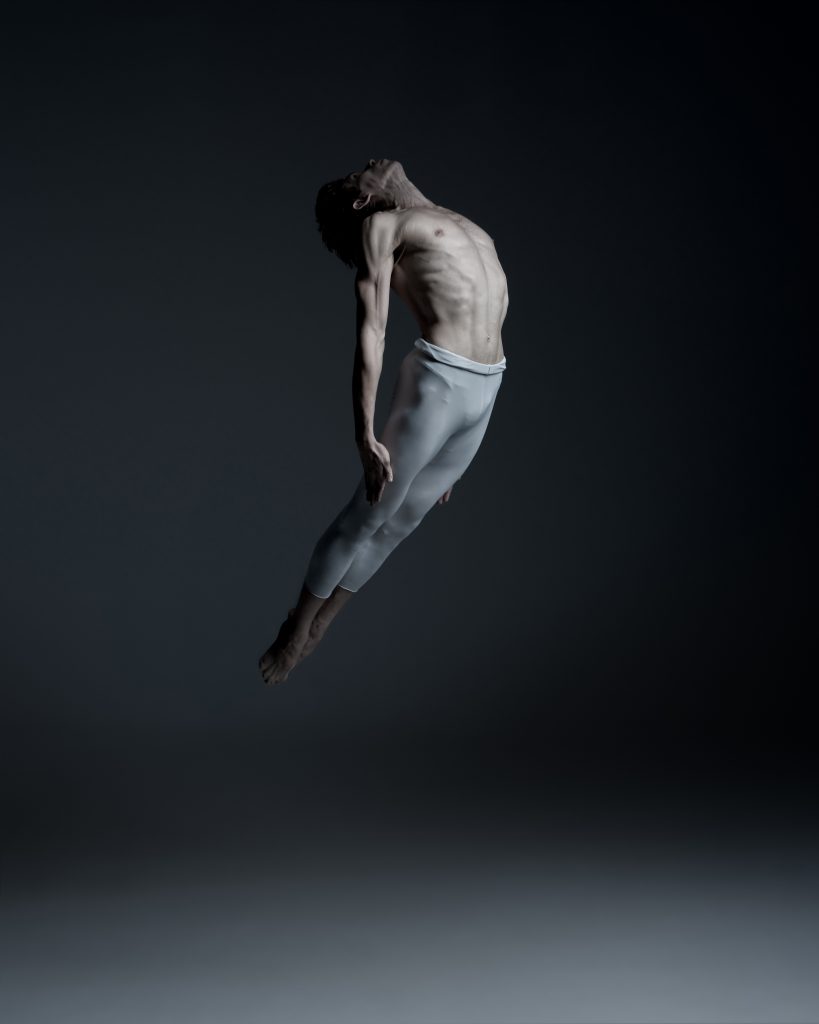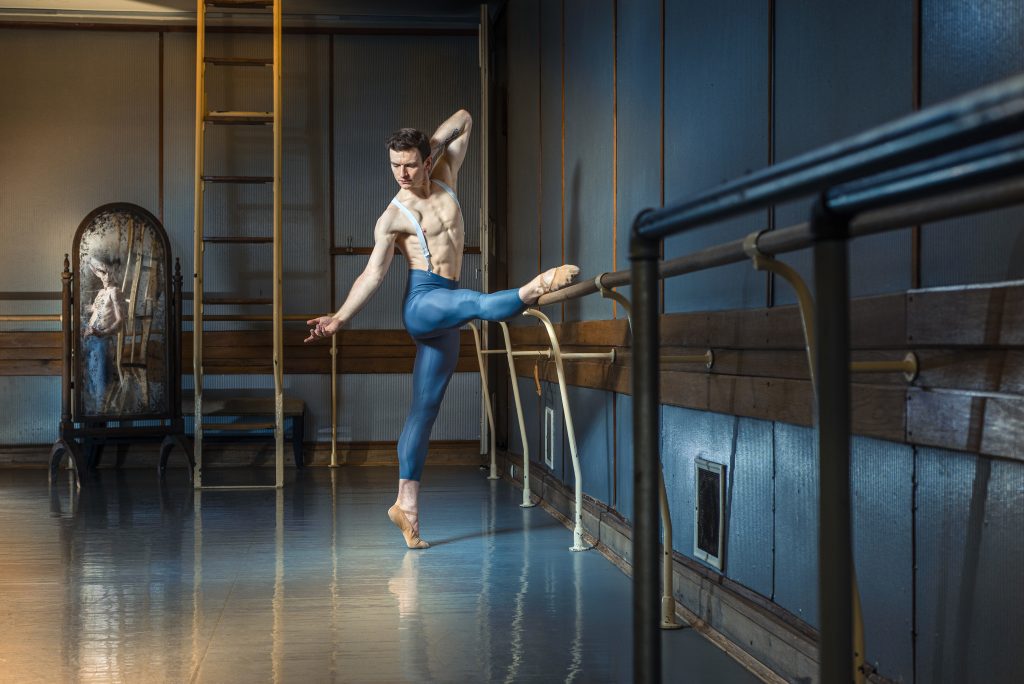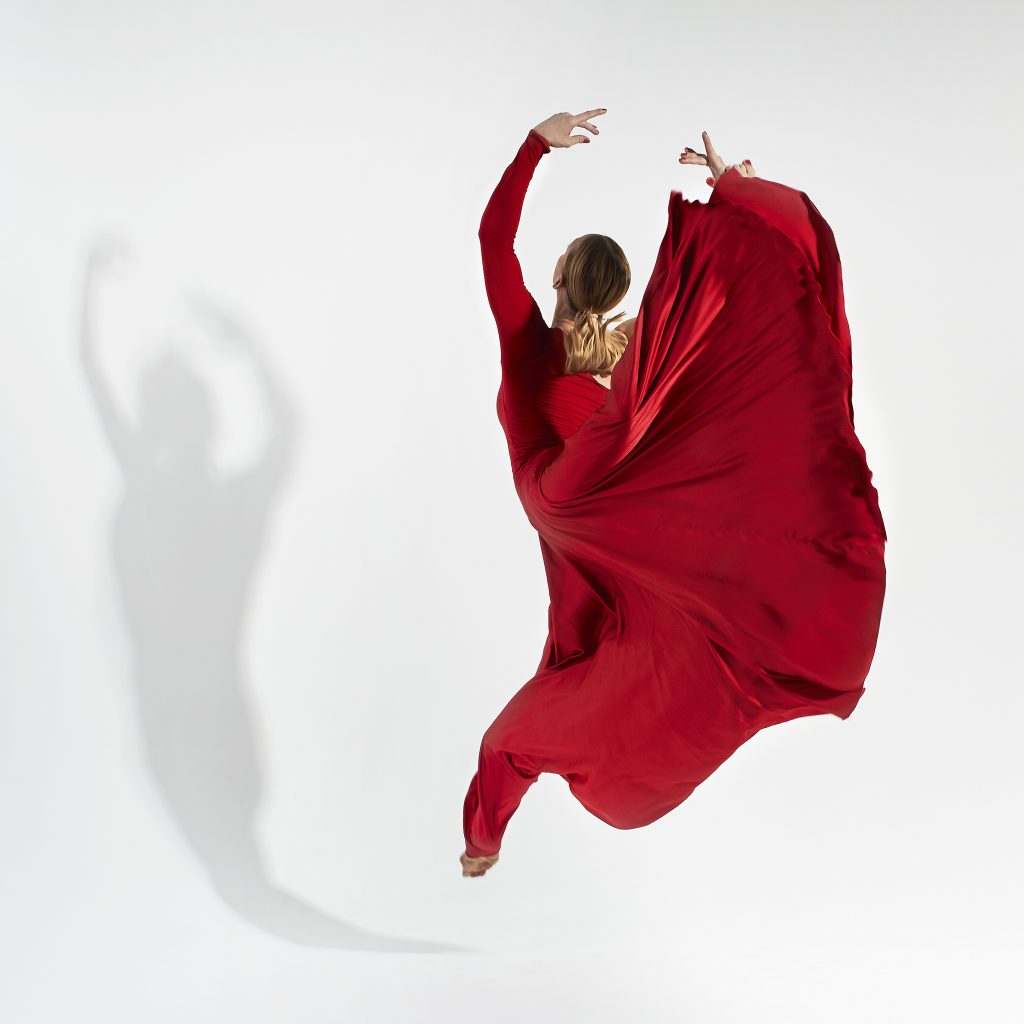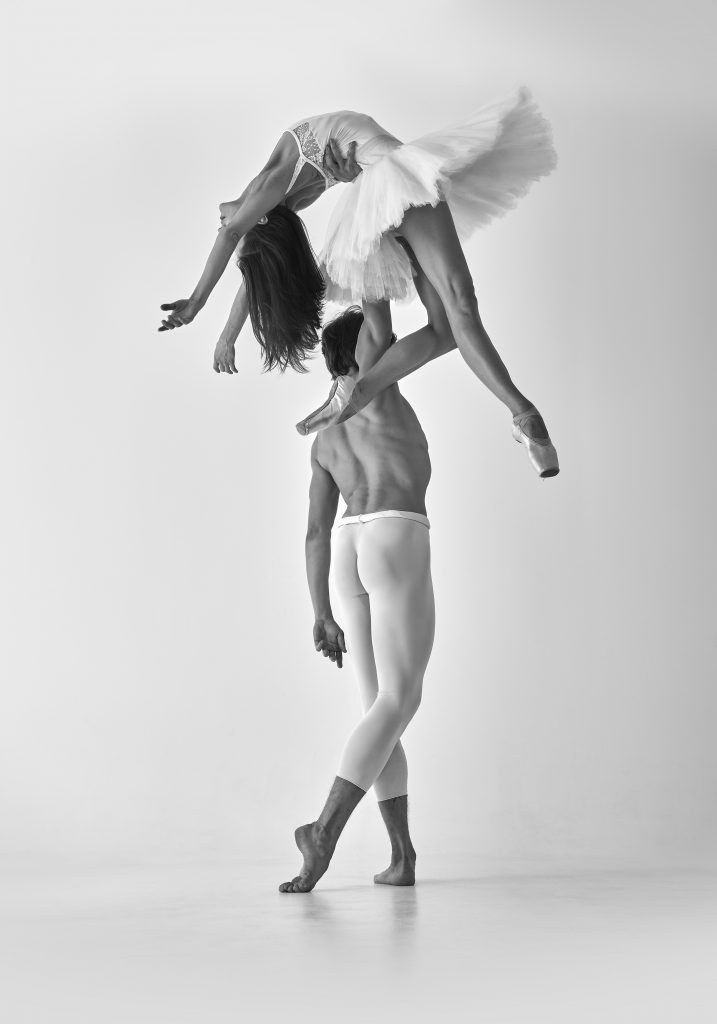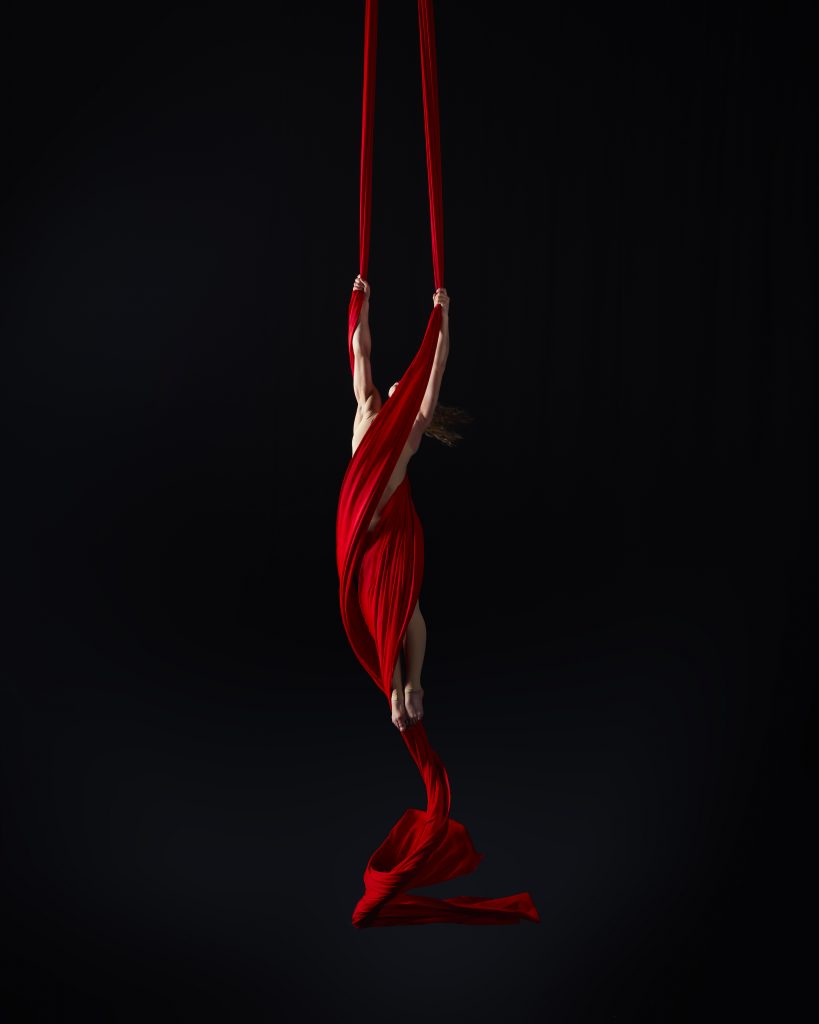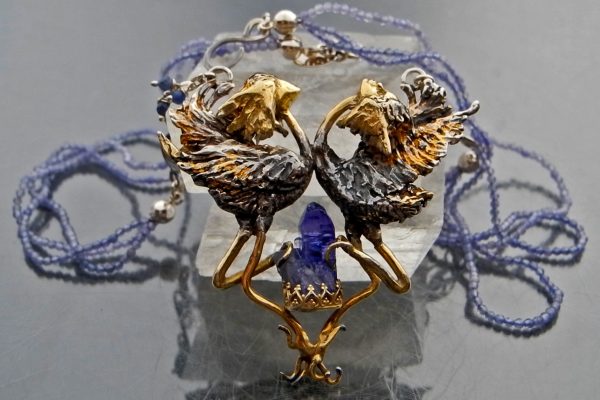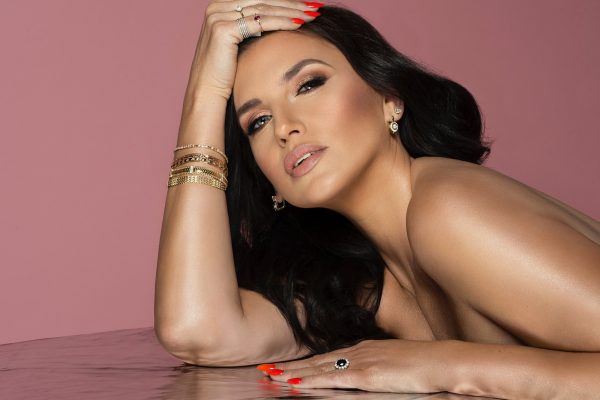Piotr Leczkowski – Photography is my love, my passion, my basic form of self-expression. I still can not boast about what others most often boast – it has not been in me ever since, nor did I get the first “SLR camera” for communion. However, since I was a child, I looked at the world with a sensitive eye and looked for my way to express the paintings and artistic sensations that lie within me: I drew, and in my adult life I professionally started designing graphics.
Studio, The body, so lovely..motions shadow me and the ballerina in the main role – beautifully sculpted, even a muscular body used not symbolic of strength, but lightness and airiness … it’s an illusion. Of course, there is a powerful physical training and a huge dance workshop behind it. Theatre is an illusion – strength takes on lightness, a piece of wood, a little paper and paint becomes an elegant palace, and the rustle of a rubbed canvas can be the sound of a storm. What’s fascinating is that it makes theatre a magical place – a machine that produces art. A dancer, on the other hand, is an extraordinary profession. He or she must be both a competitive athlete and a gentle artist.
LSA: What is the most beautiful, sensitive aspect of shooting dancers?
PL: I have always photographed, but for a long time I could not find “my” theme. The fact that I got into the world of ballet was decided by chance. But once I got here, I was speechless. It is an extraordinary world, where hard, often even painful work is demanded from the body and its capabilities. It results in lightness and beauty of movements. This is what I try to capture in the frame – the beauty of the body and the airiness of movements. The pictures that you create are largely the result of working with dancers. I don’t plan my sessions meticulously. Everything I realize happens by chance, some kind of loose thought, which we develop during the photos. I like it when both sides are open to dialogue. It is primarily me who decides the mood of the photos by removing the light or making decisions about color or black and white, but we work together. Dancers have unique qualities. they are tireless in the investigation of perfection. Do not rest, ever, when taking the perfect position is critical or we will not get a perfect frame of the most difficult jump.
LSA: What famous ballet companies have you photographed?
PL: Most often my great models are members of the Polish National Ballet. I also photographed members of Kyiv Ballet, The Royal Ballet in London and also from the ballet society of the Grand Theatre in Poznań. At the Polish National Ballet, I carried out the annual project “Kulisy” aimed at showing the daily work of dancers. Contrary to the Polish, the National Ballet is a collection of excellent dancers from all over the world, so it can be said that I photograph ballet from the farthest corners of it.
LSA: Are there any artist or artist you like to work with the most?
PL: I don’t have such a favorite artist. It is cool in this work that each of them brings to these pictures their personality. The most interesting photographs are created where we work together. One is more expressive, the other more melancholy. I don’t have my muse, but every one of them has their own stories. I did a lot of sessions with Yuka Ebihara – the first soloist of Polish ballet. The best pictures come out when there is a good photographer and a good dancer. It’s not just dancers – I love working with aerial artists. I am interested in people who are natural, who move their bodies naturally. The have mastered that. This is their responsibility on the job – they take hours, labor-free work to make them so perfect.
LSA: “Magic Moment” was recognized as the best of all the works submitted for the Sony World Photography Awards open competition by Polish photographers living in Poland. Tell us more about this picture.
PL: The photo titled “Magic Moments” because it’s such a beautiful magical place behind the scenes where dancers rest. On it we see dancers of the Polish National Ballet – Bianca Teixeira and Dan Ozeri backstage during the rehearsal for the ballet “Our Chopin”.“Magic Moments” is a ongoing project called “Season” will be a documentary that shows what the work of dancers is behind the scenes — from training’s, rehearsals to performances themselves. The photographer focuses on the atmosphere and the dancers, not on the dance itself. Of course, it will also include typical reporter’s photos from the stage of the Grand Theatre, but they will only be part of the project. The main pictures I did were only behind the scenes. And it’s just a photo, the only one I sent to this contest. I felt that I have captured something just at this right moment. A couple resting behind the scenes between the entrances to the scene. It’s such a place behind the scenes that you feel the atmosphere and magic of the world. That’s why I sometimes forget that I’m a photographer. Watching them, I noticed that there is some elusive chemistry between them. Looking at them I found that I have to photograph this scene and in the meantime capture it so that they do not notice that they are being photographed. However, everyone can interpret by themselves what the a story is of this particular photo. My photographs are pictures of dancers. The theme is simply human. This is due to my admiration “for the people who are willing to dedicate their lives to the fact that heavy exercise, without any shortcuts, must be undertaken to master their body. It took me a long time to find my own way. It was about my personal way of showing the beauty of this world. Now I am ready to speak with a mature, serious voice. I also hope that this voice is charming, but it is already everyone who has to judge independently.
LSA: How demanding is this world for young dancers?on
PL: Ballet is undoubtedly a demanding profession -you choose it as a child, from that moment on you work hard. When your peers choose only their career path when going to college, you are often a shaped person. You can ask how a child can know that his passion is not instantaneous, that this is something he would like to do all his life. That’s the reason why hundreds of people start their dance journey and only a few finish. This is also the reason why there are no random people in the ballet world – all the dancers I met and had the opportunity to photograph are people with great passion and commitment to their work.
LSA: What is your greatest love for this wonderful world?
PL: I’m fascinated by people working with the body. It is unusual for me to achieve mastery in body consciousness, lapping and maybe crossing the boundaries of your body. Competitions such as dancers, acrobats show that the human body and its capabilities are still a mystery. Dance is a huge area of knowledge with its own knowledge, tightly associated with the positions of the body and even the ease of its smallest part. A photographer is accustomed to the fact that he decides whether the photo is good or not… it’s difficult to come to terms with the fact that even his best photography can be completely out of synch with the dancer, because the position of the body is bad for example: the foot should be more upright or also the hand or finger is in a bad place The jump is captured in a bad moment. The challenge is to do the perfect thing for a satisfied photographer and dancer. I would like to capture this lightness and fragility of the dancer.
LSA: What do you think of a woman’s body as a photographer?
PL; Um, my views on this subject do not deviate from most of the views of heterosexual men, so there is probably nothing to talk about. As for sessions: yes, sometimes women undress during them. However, contrary to the outworn stereotypes (and envy of colleagues), being on the other side of the lens you do not see the sexual object and the sculpture, the frame. Rather, I avoid erotica as a topic in my work.
LSA In the film Black Swan, which was nominated for 5 ACADEMY Awards, the white swan had a rival black swan. Is the world of ballerinas marked by rivalry and bitter jealousy?
PL– I find it difficult to comment on such topics by getting to know this world through the eyes of a photographer. For me, it is the beauty of the human body, the beauty of movement. Apart from my relationship with ballet, however, I believe that this film did a lot of bad for the ballet world – it was he who caused this kind of stereotype to spread. And yet this is an outstanding film about the dancer’s mental illness, not about the ballet world. I think of the film “Pianist” according to the prose of Elfriede Jelinek, who similarly tells the story of a mentally disturbed pianist. But her troubles are not the affliction of musicians, but the pathological arrangement with her mother.
LSA: If you had a daughter, would you like her to be a ballet star?
PL: I have a daughter. I’m a normal parent and I know it’s not up to me what she wants to be. If she wants to become a ballerina, I take her not only for performances, but also for sessions. Like me she is watching how this life is a little different than just the audience. I will be cheering for her. It’s a difficult road, requiring a lot of sacrifices, but if she wanted to, I wouldn’t have any problem with it. And I would probably take more pictures than of the average dancer. My daughter has a strict mind and intends to become a cosmetologist. I’m curious about who she’s going to be in the future. I want it to be fulfilled in my private and professional life.
LSA: Are ballerinas too fixated on dreams of fame? If so, are you able to show it in your photographs?
PL: Each of us wants to be the best at what we do. Me in photography, you probably in interviews. So, I don’t think there’s anything wrong with the fact that ballerinas also want to be appreciated. However, they probably can not count too much on fame in this profession – the world of ballet, at least in Poland, is a niche world, really appreciated by a narrow group of people. Nowadays, therefore, it is difficult to talk about the fame experienced by, for example, football stars, or celebrities known for being famous. Personally, I believe that great fame does not have to give happiness, it is often a burden difficult to bear. That’s why I think it’s better to be a champion than be famous. I know that my works are appreciated among ballet lovers. So, it can be said that somehow it is a form of reaching the art of ballet to a wider audience, and the protagonists of my works will become a little more immortal. Photography can be a great adventure.
LSA: Tell us what you do with the pictures after the session? Do you release them in the darkroom or is it already a digital technique?
PL: I photograph digitally I do not have a darkroom. There is a computer where I save pictures and very often, I give it some time, after I leave them for a week or two to come down from these emotions, which are in the session. Sometimes after the session coming home, I think that I did so many great shots or vice versa, that there is only one or two shots that are good, the rest aren’t suitable. After two weeks I start to look again and many times I thought that I had nothing or I could be better, it turns out that they are great shots, pearls, which are amazing. I always hunt for this brilliant photo, which, as I say in Poland, “You have to break off the helmet from you head” Which is very much on me. I do not try to do a thousand pictures at the session rather prefer doing less. My foundation is that photography is supposed to be perfect, but also a perfection of the dancer’s pose—sometimes the two don’t match. My work will compare to the work of the sniper, one shot but concrete.
Interview by Kamila K

